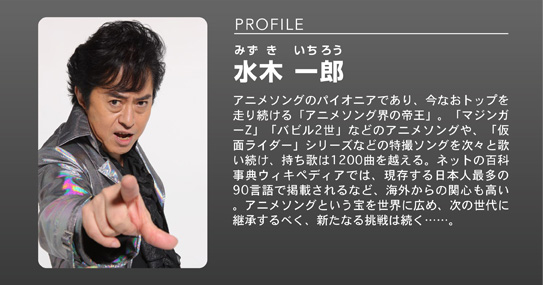Brief Description
Located in the interior of Yaku Island, at the meeting-point of the palaearctic and oriental biotic regions, Yakushima exhibits a rich flora, with some 1,900 species and subspecies, including ancient specimens of the sugi (Japanese cedar). It also contains a remnant of a warm-temperate ancient forest that is unique in this region.
 Yakushima © Hajime Nakano
Yakushima © Hajime NakanoLong Description
Yaku Island, in the northern end of the Ryukyu archipelago, is separated from the southernmost tip of Kyushu mainland by a 120 m deep, 60 km wide strait. The nominated area has a complex, sinuous boundary, which is less than 1 km wide in some places. The site lies, in the centre of the island, with arms stretching west, south and east. The western arm extends down to the coast.
Yakushima is almost 2,000 m high and is the highest mountain in southern Japan. Several peaks are over 1,800 m with mountain ridges over 1,000 m surrounding these central high peaks. Topography from coastline to the mountainous summits is extremely steep. The predominant bedrock is granite. At the foot of the central mountain areas are small areas of sand stone and shale.
Vegetation is significantly different from the mainland. Vertical vegetation distribution is distinct, with subtropical vegetation near the coastline, and warm temperate, temperate, cool temperate and subalpine species further inland as altitude increases. Cool temperate zone coniferous forest occurs, rather than the cool temperate beech forests typical of the mainland. Warm temperate broad leaved forest previously covered extensive areas of south Japan. This has largely been removed, due to high human population pressure, and the warm temperate forest trees in Yakushima are thus some of the few remaining in Japan.
Of great significance to the area is the presence of indigenous Japanese cedar, known colloquially as 'sugi'. Sugi can reach more than 1,000 years of age on stable sites under the climate of the island: specimens younger than 1,000 years are known as 'Kosugi'; older specimens, which may reach 3,000 years, are known as 'Yakusugi' and are found between 600 m and 1,800 m.
The flora is very diverse for such a small island, comprising more than 1900 species and subspecies. Of these, 94 are endemic, mostly concentrated in the central high mountains. More than 200 species are at the southern limit of their natural distribution and a number are at their northern limit. A distinctive characteristic of the vegetation is the exuberance of epiphytes, particularly at higher elevations.
The fauna of the island is diverse, with 16 mammal species. Four mammal subspecies, including Japanese macaque and sika deer, are endemic to the island. A further four subspecies are endemic to both Yaku Island and the neighbouring island of Tanegashima. Among the 150 bird species present, four, including Ryukyu robin and Japanese wood pigeon, have been designated as Natural Monuments.
Traditionally, the Island Mountains have been considered to have a spiritual value and the 'Yakusugi' were revered as sacred trees.
Yakushima occupies a strategic situation on the boundary between the Holoarctic and Palaeotropic biogeographic regions, and much of its conservation value is reflected in the 200 plant species which have the southern limit of their natural distribution on the island. The altitudinal continuum of the forests across some 2,000 m is considered to be not only the best in the Japanese archipelago, but the best remaining in East Asia. Ancient yakusugi trees are of prime conservation value to the island.
Source: UNESCO/CLT/WHC
Historical Description
The area recommended for World Heritage Status is protected under several pieces of legislation. A National Park Special Area, (Kirishima Yaku National Park) was gazetted in 1964 under the National Parks Law, comprising land on Yaku Island and Kirishima National Park on Kyushu mainland. A Wilderness area of 1219ha, designated under the Nature Conservation Law in 1975, forms a small part of the centre of the recommended area. Under the Law of Protection of Cultural Properties, 4300ha was established as a Special Natural Monument Area. This lies entirely within the nominated property. A Forest Ecosystem Reserve was established in 1992, comprising the nominated area and various adjacent blocks of land. The centre of Yakushima Island, and parts of the island's southern and western coastal lowlands were accepted as a Biosphere Reserve in 1980. Inscribed on the World Heritage List in 1993.
Source: Advisory Body Evaluation
 SEXPAND
SEXPAND






















